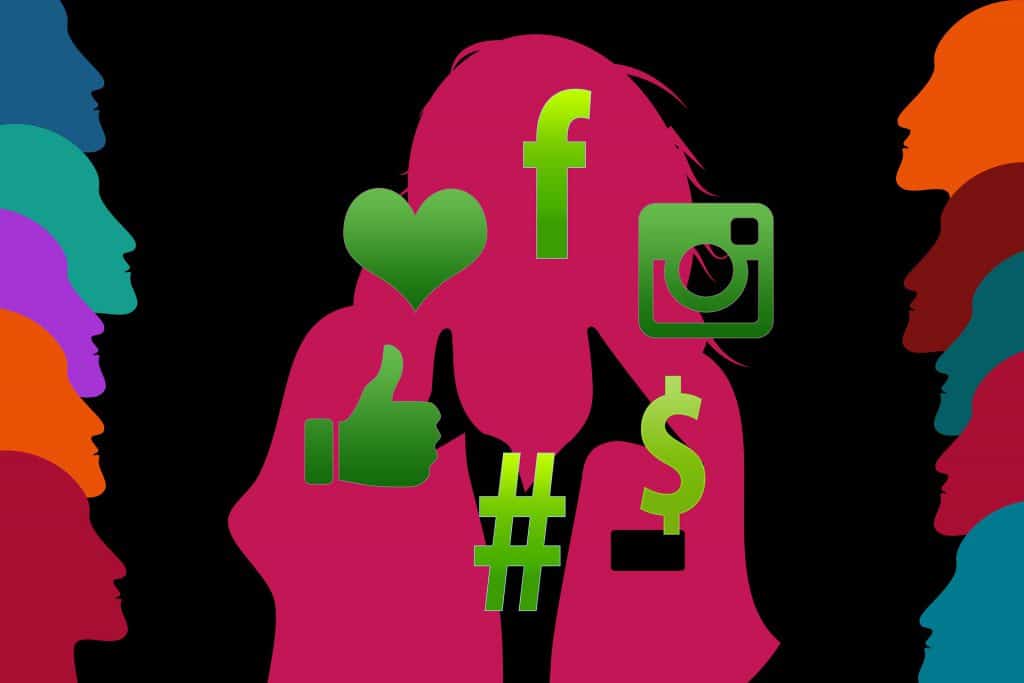Top Trends for Your Event’s Social Influencer Campaign
 The great resignation, coupled by increases in unsubscribes, have made it more difficult than ever to reach the inbox of potential attendees and conference participants. The events community can learn a lot from the B2C social landscape as we navigate the ins and outs of best practices and trends for moving fence-sitters to paying registrants.
The great resignation, coupled by increases in unsubscribes, have made it more difficult than ever to reach the inbox of potential attendees and conference participants. The events community can learn a lot from the B2C social landscape as we navigate the ins and outs of best practices and trends for moving fence-sitters to paying registrants.
Top Five Trends in Social Influencing
Influencer Marketing Hub, which specializes in producing content in the social media and influencer marketing industry, published its top 18 social influencer trends for 2022. We’ve culled those trends to identify five that are applicable to the B2B events industry.
- Micro and nano influencers will continue to grow in importance. According to stats in the social influencer sphere, anyone with 10,000 to 100,000 followers/connections is a micro influencer, thereby categorizing most, if not all, B2B as such. Nano influencers are anyone with fewer than 10,000. Those with fewer than 25,000 followers have the highest engagement rates. This is a positive trend for B2B event audiences, whose influencers hold sway in a smaller, but very targeted, marketplace.
- Text and images will increasingly transition to audio and video. With the worldwide improvement in bandwidth, your attendees are consuming more video and audio content. Some of your influencers are experimenting with these new channels of communication, so pay special attention to them to be part of your campaigns. Also keep that in mind as your hire your videographers for your event, for year-round, shareable content.
- Data rules. In the B2C marketplace, performance-based contracts and deals are on the increase, meaning planning and data play an increasingly important role in influencer marketing in 2022. That spawns more collaboration between brands and influencers in planning campaigns and a lot more interest in tracking the social media marketing metrics. While you are not paying your influencers (at least not yet), your social media tools can give you analytics and reports into influencer networks and their reach, but probably not conversions. At the least, these metrics can better inform you as to who to invite next year to participate in your conference’s social media influencer campaign.
- Authenticity is more important than ever. Influencers in the B2C marketplace have to be extraordinarily careful with the content they create for brands to make sure that the products they take on resonate with their audiences. Influencers in our professional, B2B marketplace don’t have to worry about connecting to your event—they are already engrained in your profession. However, what makes sponsored content authentic in the B2C world is the same for your audience: Displaying a genuine sense of excitement about the brand and the product you’re talking about. “Integrity is endearing,” according to the article.
- Paid advertising is key to reach. While paid ads are not typically used in conjunction with influencer marketing campaigns in the B2C world, the authors say, brands and influencers both benefit from the paid amplification. Using the fine-tuned targeting available on advertising tools for Facebook and other social media platforms, you can distribute high-quality influencer content to the people who care about seeing it, without relying on social media algorithms to make it happen.
Move Over, Kim Kardashian
You don’t have to pay your influencers the way big brands do with celebrities, such as Kim Kardashian, who make tens of thousands of dollars a year peddling their products. But you should develop a plan to reward your influencers for their willingness to socialize your conference highlights during the weeks leading up the event: perhaps a free pass to the virtual event or another smaller conference; a high-ticket item at the conference itself; or an invitation to a VIP event they might not otherwise have gone to. Many speakers and exhibitors offer a huge sphere of influence within your target communities. Make it easy for them to share your content and allow influencers to offer a code for users to get a modest discount or other benefit.
How are you leveraging your conference community influence to drive attendance and participation? What incentives are you offering your participants in your social influencer event campaigns?

